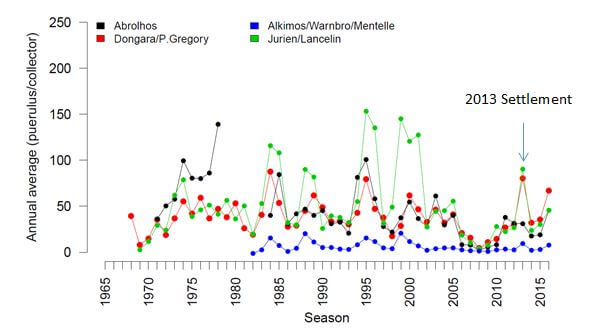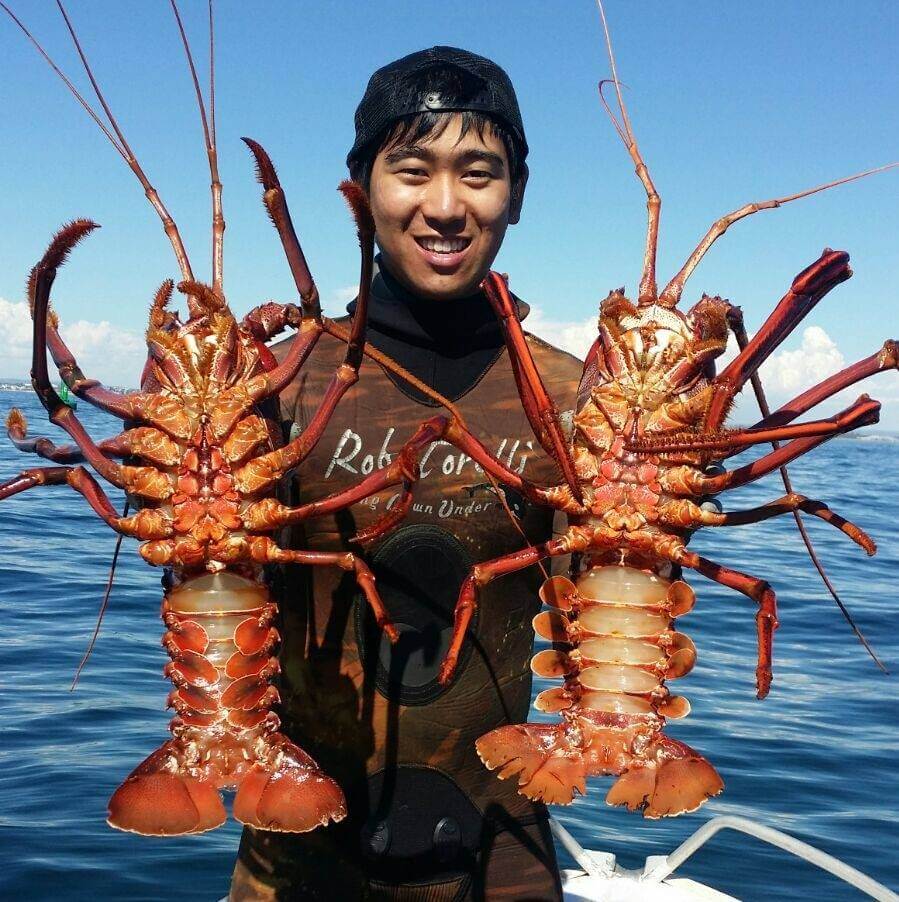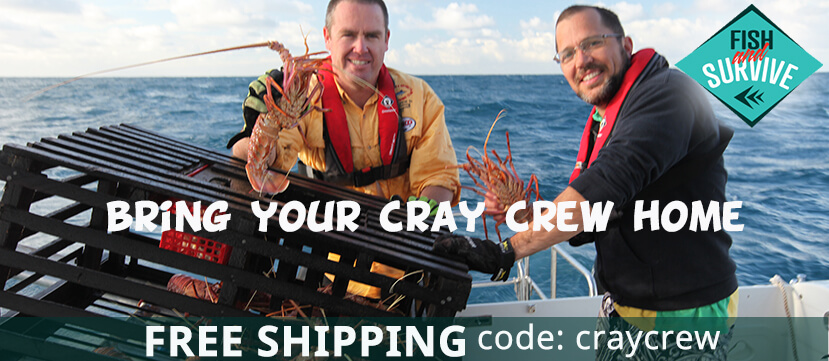Imagine a world in which you could predict the future. You might place a bet on the winner of a future AFL premiership, or know exactly which day to go fishing next month. Sounds great, doesn’t it?

Unfortunately, we can’t predict AFL premiers using any science, but for one of WA’s most loved fishing targets, the Western Rock Lobster (or ‘crays’), decades of data has shown that science can predict abundances of crays up to four years in advance! And if that’s not exciting enough, the 2017/18 is predicted to be one of the best years in over a decade!
During Spring and Summer, each year cray larvae known as ‘puerulus’ are pushed inshore by wind and currents where they settle on nearshore reefs.
Research shows that these crays take four years to reach the legal length of 76mm. Fisheries researchers assess the abundance of puerulus across the new moon period each month by monitoring purpose built puerulus collectors at four locations along the West Coast and Abrolhos Islands.
A cray puerulus collector (pictured right), what looks like bottlebrushes or a mop is actually artificial seagrass. Late larval phase crays use the collectors for habitat and provide long-term population/breeding stock information for fishers and fisheries managers.
High settlement has always shown a strong correlation with catches of crays three and four years later and the 2013 settlement numbers (Figure 1 below) were some of the highest in recent times; in fact the highest since the early 2000’s.

What Does This All Mean for My Fishing?
Added to this excellent rate of juvenile settlement, is the fact that numbers of adult crays are also at an extremely high level, due mainly to neither the commercial or recreational fishing sectors catching their annual allocation in recent times – meaning more crays are being left in the water each year!
Reports from divers indicate that crays are already stacked up in fantastic numbers in nearshore reef platforms along the coast. These high abundances will make for excellent fishing experiences over this Summer.
If you are thinking of trying for crays for the first time, there has never been a better opportunity. There’s plenty of information available on our other website www.ilovefishing.com.au

Divers should do well as soon as the season opens, but the potters will have to be patient as the traditional ‘whites’ run won’t kick off until late November. Once it cranks up though, the fishing will be superb, with many boats traditionally reporting catching their boat limit most days during this migration period.
Recent clarification of diving rules will make for a much more enjoyable fishing experience. To see what’s changed, click here.
Good luck chasing crays this season, we would love to hear how you go and see a few pics and videos, so feel free to email us on recfish@recfishwest.org.au or jump on our Facebook page and join the discussion.
Stay tuned for our November Broad Cast edition where we’ll take a closer look at the ‘Whites Run’ plus give you some handy tips and tricks on the best way to cook your crays plus much more!
